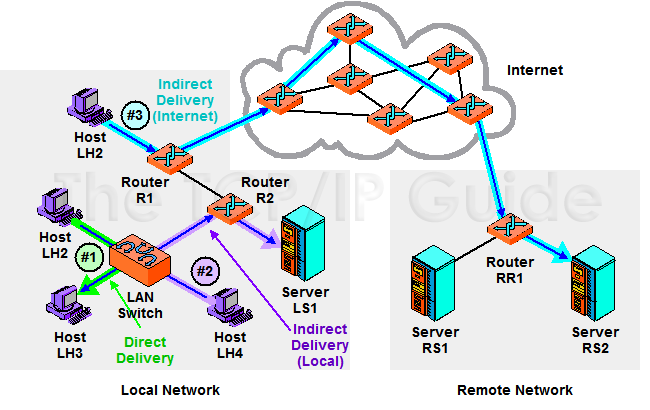 |
|
Please Whitelist This Site?
I know everyone hates ads. But please understand that I am providing premium content for free that takes hundreds of hours of time to research and write. I don't want to go to a pay-only model like some sites, but when more and more people block ads, I end up working for free. And I have a family to support, just like you. :)
If you like The TCP/IP Guide, please consider the download version. It's priced very economically and you can read all of it in a convenient format without ads.
If you want to use this site for free, I'd be grateful if you could add the site to the whitelist for Adblock. To do so, just open the Adblock menu and select "Disable on tcpipguide.com". Or go to the Tools menu and select "Adblock Plus Preferences...". Then click "Add Filter..." at the bottom, and add this string: "@@||tcpipguide.com^$document". Then just click OK.
Thanks for your understanding!
Sincerely, Charles Kozierok
Author and Publisher, The TCP/IP Guide
|
|
|

Custom Search
|
|
IP Datagram Direct Delivery and Indirect Delivery (Routing)
(Page 1 of 3)
The overall job of the Internet Protocol is to transmit messages from higher layer protocols over an internetwork of devices. These messages must be packaged and addressed, and if necessary fragmented, and then they must be delivered. The process of delivery can be either simple or complex, depending on the proximity of the source and destination devices.
Conceptually, we can divide all IP datagram deliveries into two general types, shown graphically in Figure 91:
|
- Direct Datagram Deliveries: When datagrams
are sent between two devices on the same physical network, it is possible
for datagrams to be delivered directly from the source to the destination.
Imagine that you want to deliver a letter to a neighbor on your street.
You probably wouldn't bother mailing it through the post office; you'd
just put the neighbor’s name on the envelope and stick it right
into his or her mailbox.
- Indirect Datagram Deliveries: When two devices are not on the same physical network, the delivery of datagrams from one to the other is indirect. Since the source device can't see the destination on its local network, it must send the datagram through one or more intermediate devices to deliver it. Indirect delivery is analogous to mailing a letter to a friend in a different city. You don't deliver it yourself—you put it into the postal system. The letter journeys through postal system, possibly taking several intermediate steps, and ends up in your friend's neighborhood, where a postal carrier puts it into his or her mailbox.
|
| |||||||||||||||||||
Home - Table Of Contents - Contact Us
The TCP/IP Guide (http://www.TCPIPGuide.com)
Version 3.0 - Version Date: September 20, 2005
© Copyright 2001-2005 Charles M. Kozierok. All Rights Reserved.
Not responsible for any loss resulting from the use of this site.







